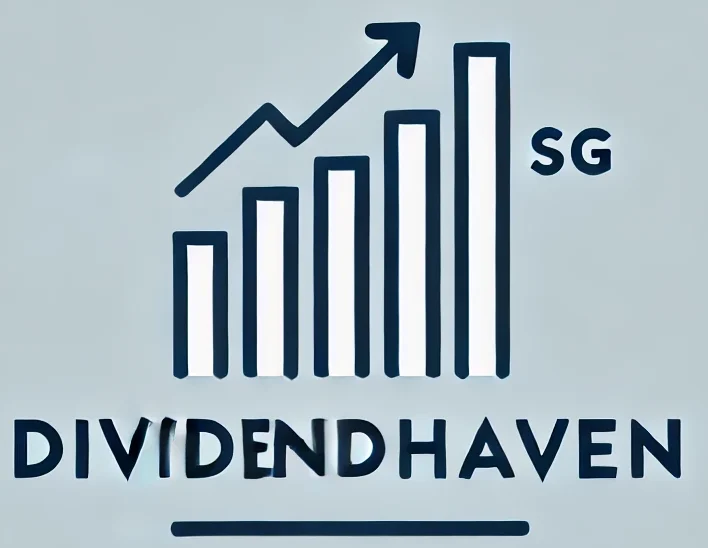Singapore’s progressive tax system means that as your income increases, your tax rate rises. However, by strategically leveraging various tax reliefs and deductions, you can significantly reduce your taxable income and overall tax liability. This guide will cover:
- Understanding Singapore’s Tax System
- Tax Optimisation Strategies for Employees
- Tax Optimisation for Investors
- CPF Contributions & Tax Savings
- Example: Tax Optimisation for a Male Earning $150,000 with One Child
1. Understanding Singapore’s Tax System
Personal Income Tax Rates (Year of Assessment 2025)
Singapore employs a progressive tax system, where higher income is taxed at higher rates (Inland Revenue Authority of Singapore (IRAS), 2024).
| Chargeable Income (SGD) | Tax Rate (%) | Tax Payable (SGD) |
|---|---|---|
| First $20,000 | 0% | $0 |
| Next $10,000 | 2% | $200 |
| Next $10,000 | 3.5% | $350 |
| Next $40,000 | 7% | $2,800 |
| Next $40,000 | 11.5% | $4,600 |
| Next $40,000 | 15% | $6,000 |
| Remaining Above $150,000 | 18% | – |
For an individual earning $150,000 per year, the estimated tax payable before any reliefs is $10,650. However, this amount can be substantially reduced by utilising available tax reliefs and deductions (IRAS, 2024).
2. Tax Optimisation Strategies for Employees
a) CPF Contributions for Tax Relief
- Mandatory CPF Contributions: Salaried employees contribute to the Central Provident Fund (CPF), and these contributions are tax-deductible up to the statutory cap (CPF Board, 2024).
- Voluntary CPF Top-Ups: Additional tax relief can be obtained by making voluntary top-ups to your Special Account (SA) or Retirement Account (RA):
- Up to $8,000 for self top-ups.
- An additional $8,000 for top-ups made to family members’ accounts (IRAS, 2024).
b) Supplementary Retirement Scheme (SRS) Contributions
- SRS is a voluntary scheme to encourage retirement savings, offering tax benefits (Ministry of Finance Singapore, 2024).
- Contribution limits:
- Singaporeans/PRs: Up to $15,300 per year.
- Foreigners: Up to $35,700 per year.
c) Tax Reliefs for Families
Parents can benefit from various reliefs designed to ease financial burdens (IRAS, 2024):
- Qualifying Child Relief (QCR): $4,000 per child under 16 years old or in full-time education.
- Handicapped Child Relief (HCR): $7,500 per child with disabilities.
- Working Mother’s Child Relief (WMCR):
- For children born/adopted before 1 January 2024:
- 15% of earned income for the first child.
- 20% for the second child.
- 25% for the third and subsequent children.
- For children born/adopted on or after 1 January 2024:
- $8,000 for the first child.
- $10,000 for the second child.
- $12,000 for the third and subsequent children.
- For children born/adopted before 1 January 2024:
The total relief cap per child under QCR and WMCR is $50,000 (IRAS, 2024).
d) Course Fees Relief
- If you’ve incurred expenses for courses, seminars, or conferences that enhance your professional skills, you can claim up to $5,500 in tax relief per year (IRAS, 2024).
3. Tax Optimisation for Investors
a) Dividends & Capital Gains Exemptions
- Dividends: Dividends from Singapore-listed companies are tax-exempt for individuals (IRAS, 2024).
- Capital Gains: Singapore does not impose tax on capital gains, so profits from investments (stocks, property sales) are not taxed, unless deemed frequent trading.
b) Rental Income Tax Optimisation
To lower taxable rental income, claim deductions for:
- Mortgage Interest
- Property Tax
- Repairs & Maintenance (IRAS, 2024).
4. CPF Contributions & Tax Savings
CPF Voluntary Contributions for Additional Tax Relief
Topping up CPF accounts secures retirement and provides tax relief:
| CPF Contribution Type | Maximum Tax Relief (SGD) |
|---|---|
| CPF Cash Top-ups (Self) | $8,000 |
| CPF Cash Top-ups (Parents/Spouse) | $8,000 |
| Medisave Top-ups | Based on CPF limits (CPF Board, 2024) |
5. Example: Tax Optimisation for a Male Earning $150,000 with One Child
Let’s illustrate how a male earning $150,000 with one child can reduce his tax bill.
Scenario: Taxable Income Before Reliefs
| Income Component | Amount (SGD) |
|---|---|
| Annual Salary | $150,000 |
| Estimated Tax Before Reliefs | $10,650 |
Applying Tax Reliefs
| Tax Relief | Amount (SGD) |
|---|---|
| CPF Contributions (Estimated) | $20,400 |
| SRS Contribution | $15,300 |
| Qualifying Child Relief (1 Child) | $4,000 |
| Course Fees Relief | $5,500 |
| Total Tax Reliefs | $45,200 |
New Taxable Income
$150,000 – $45,200 = $104,800
Revised Tax Payable
| Tax Bracket (SGD) | Tax Rate (%) | Tax Payable (SGD) |
|---|---|---|
| First $20,000 | 0% | $0 |
| Next $10,000 | 2% | $200 |
| Next $10,000 | 3.5% | $350 |
| Next $40,000 | 7% | $2,800 |
| Next $24,800 | 11.5% | $2,852 |
| Total Tax Payable | $6,202 |
Total Tax Savings
| Before Tax Optimisation | After Tax Optimisation | Savings |
|---|---|---|
| $10,650 | $6,202 | $4,448 |
Conclusion: Maximise Tax Savings Smartly
By leveraging tax reliefs, our example individual reduced his tax bill from $10,650 to $6,202, saving $4,448 legally (IRAS, 2024). With proper tax planning, you too can retain more of your income while securing your financial future.
References
- Inland Revenue Authority of Singapore (IRAS). “Tax Reliefs and Rebates.” Last modified 2024. https://www.iras.gov.sg.
- CPF Board. “CPF Contributions and Tax Reliefs.” Accessed 2024. https://www.cpf.gov.sg.
- Ministry of Finance Singapore. “Supplementary Retirement Scheme (SRS).” Accessed 2024. https://www.mof.gov.sg.
